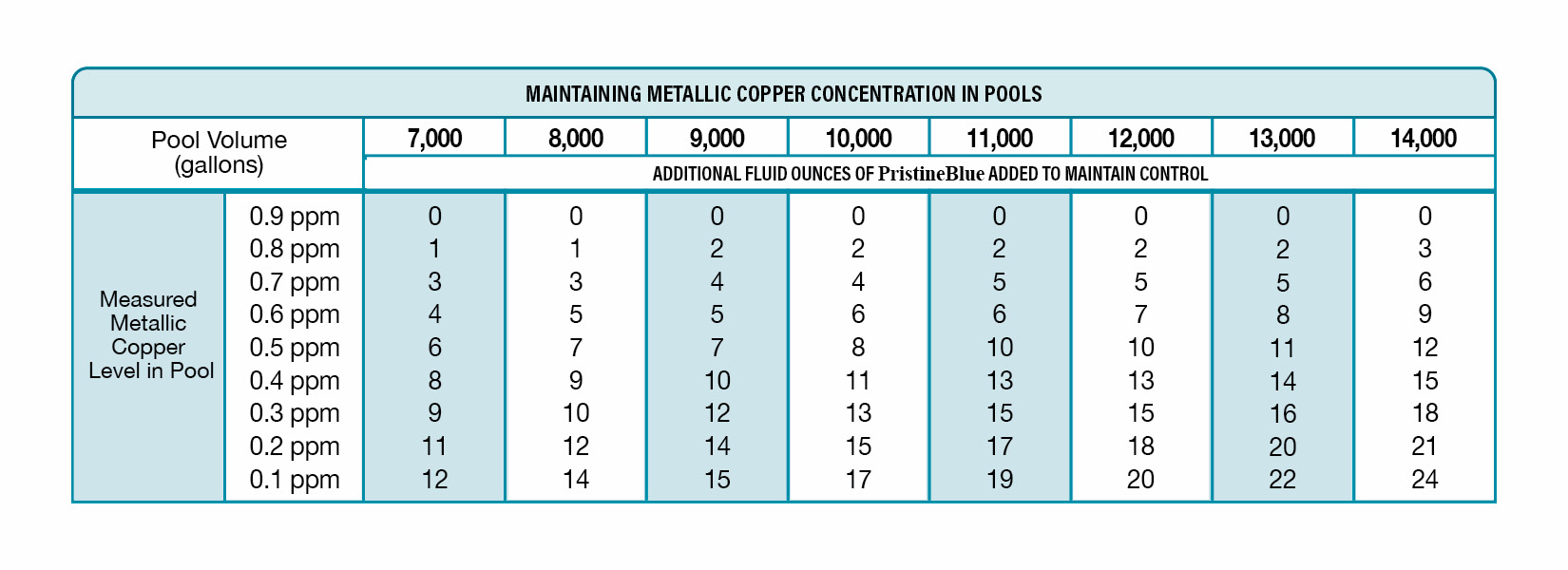POOL MAINTENACE & TIPS
- Pool Vacuum Procedure
- Backwash & Rinse
- Winterizing Your Pool
- Equipment Care
- Frequently Asked Questions
Pool Vacuum Procedure
- Place the vacuum head onto the vacuum pole.
- Place one end of the vacuum hose onto the vacuum head.
- While holding the pole, place the vacuum head and hose into the pool.
- Prime the hose by placing it in front of the return jet. When the hose is full of water, air bubbles will appear in the pool.
- Remove the skimmer basket. Place the vacuum hose in the hole in the skimmer.
- Start vacuuming.
- After vacuuming is complete backwash and rinse filter.
*Always backwash and rinse after vacuuming
Backwash & Rinse
- Stop the pump.
- Turn multi-port valve handle to the “backwash” position.
- Start the pump.
- Allow waste to run out of side of discharge for 1-3 minutes or until discharge water is clear.
- Stop the pump.
- Turn multi-port handle to “rinse” position.
- Start the pump
- Allow water to discharge on rinse position for approximately 30-45 seconds.
- Stop the pump.
- 10. Turn multi-port handle to “filter” position.
- Start the pump.
Two important tips for backwash & rinse:
- Backwash at least once a week
- Always backwash and rinse after vacuuming
Winterizing Your Pool
In the south, we have warm temperatures throughout the fall and winter. Winterizing a swimming pool is a personal preference for each homeowner. Some homeowners prefer to view their beautiful pool and water features year round.
If you prefer to cover your pool and winterize, we have winter covers for both above ground and in-ground pools. We sell wintering pool kits for all pool sanitizations.
You will need keep the pool pump running as long as the temperature is forecasted to stay below 32°. It is important to keep the water circulating during a freeze. We do not recommend you drain your pool or equipment.
A single treatment of PristineBlue at the end of the swim season is normally all it takes to keep a pool clear until spring.
“Winterizing” or “Closing” a pool means adding products at the end of the swim season to keep it clear without maintenance during the cold winter months.
Step 1: Balance
1a. Balance water parameters to within proper ranges below.
- Total Alkalinity: 50 to 90 ppm
- pH: 7.2 to 7.6
- Calcium Hardness: 100 to 400 ppm
Step 2: Prep
2a. Shock the pool with 1 pound of PristineExtra2 per 10,000 gallons of water.
2b. Run the filter for 4 hours.
2c. Clean pool and backwash sand filters. Thoroughly clean D.E. or cartridge filters.
2d. Add 2 ounces of PristineClean per 10,000 gallons of water.
Step 3: Close with PristineBlue
3a. Test the PristineBlue level and add PristineBlue using the Maintenance Dosage Chart below.
3b. Follow the pool and equipment manufacturer’s freeze recommendations.
3c. Cover the pool and shut down the filter.
NOTE: Unused PristineBlue must be stored at a temperature above 32° Fahrenheit.
You should always read the product label carefully for important warnings, dosage information and instructions.

Winterizing and Closing Your Poolife Pool
You can contact your Authorized Poolife® Dealer for a professional pool closing or winterizing service. However, if you are a seasoned pool owner or a do-it-yourselfer, follow the simple steps below. The method you use to close your pool (winterizing) is important and will vary depending on a cold or warm climate. Closing your pool properly will save you money, time, and chemicals at the beginning of the next season. Follow the instructions below.
Cold Climates
1. Bring a pool water sample to our store for a full analysis and balance the water per the dealer’s recommendations. Its free!
2. Add 16 fl. oz. of Poolife™ Stain Stop per 10,000 gallons of pool water.
3. Thoroughly brush and vacuum the pool.
4. In the evening, shock the water with 1 lb. of either Poolife™ TurboShock™ or Poolife™ Rapid Shock™ per 10,000 gallons of pool water, or 2 lbs. of Poolife™ NST Purify per 10,000 gallons of pool water.
5. Run the filter overnight. Next day, thoroughly vacuum and remove any debris.
6. Add 16 fl. oz. of either Poolife™ Defend+ or Poolife™ Algaecide 90 per 10,000 gallons of pool water.
7. If there is a chlorine feeder connected to the pool, make sure there is no remaining chemical in the feeder. Clean and flush the feeder per manufacturer’s directions or run filter until all remaining chemical has been dissolved.
8. Clean the filter with Poolife™ Filter Cleaner per label directions.
9. Follow pool manufacturer’s directions on draining the pool so that the water level is below the skimmers and inlet lines.
10. Winterize all equipment following the manufacturer’s directions.
11. Cover pool with properly fitting pool cover. Cover should be resistant to water, weather, and pool chemicals. Seal the edge of the cover to prevent wind from getting under it. This will save you clean-up time when you re-open your pool by keeping out unwanted debris. (If you secure the cover with water bags, fill them only halfway to allow for expansion if they freeze).
For Regions with Milder Winters
If the pool is NOT covered and not used during the winter months, follow the steps below:
1. Follow steps 1–8 from the previous page.
2. Continue good pool cleaning practices.
3. Reduce the filter cycle to half of its swimming season setting.
4. Clean the skimmer and pump baskets weekly or as needed.
5. Monitor the pH, chlorine, total alkalinity, and calcium hardness levels and adjust as necessary.
6. If you have an automatic feeder set it on low and check the tablet supply every 2–3 weeks. Follow the recommendation of your Authorized Poolife® Dealer.
NOTE: Even if your pool is not completely closed, we recommend a cover for keeping out debris, but remember to adjust the pH and shock the pool before you cover it.
Equipment Care
Providing the proper care for your swimming pool equipment will help you to enjoy a clear and clean pool all summer long. The following suggestions should help you keep problems to a minimum.
The pump is the heart of your pools circulation system and has three main parts:
- Pump basket – collects debris and leaves
- Impeller – a fan-like mechanism
- Water discharge – the connection point that pushes the water from the pump into the pool filter’s housing.
Always make sure your skimmer and main drain lines are free of blockage. Check your skimmer basket and lint trap basket frequently for debris. To assure a free flow of water to the pump and avoid damage to the pump motor, make sure the water is at the proper level. It is important to turn your pump off during vacuum, and backwash and rinse procedures.
Frequently Asked Questions
It's important to know how many gallons your pool contains to balance your pool water and properly maintain the chemicals. First determine the average depth of your pool by taking the depth of the deepest end of your pool and adding the depth of the shallowest end (in feet). Divide this number by 2. This number is the average depth. Continue below based on the shape of your pool.
Round Swimming Pool Total Gallons = diameter x diameter x average depth
Example: A 24' Round by 52" Foot swimming pool would equal 24 x 24 x 4.33333 x 5.9 = approximately 14,726 gallons.
Oval Swimming Pool Total gallons = long diameter x short diameter x average depth x 5.9 (in feet)
Example: A 15' x 30' x 52" oval swimming pool would equal 15 x 30 x 4.33333 x 5.9 = approximately 11,500 gallons.
Square or Rectangle Total Gallons = length x width x average depth x 7.5 (in feet)
Example: A 12' x 24' x 4' shallow end and 7' deep end rectangle in ground swimming pool would equal 12 x 24 x 9 x 7.5 = approximately 19,500 gallons.
We do not recommend you drain your pool. An above-ground pool or inground pool should never be fully drained. Without water, the structure of your pool will be weakened, the vinyl liner will shrink, create wrinkles, or in rare instances, inground pools may rise or pop out of the ground. If you have a green pool, you don't need to drain your pool to get it clear. We have easy to follow instructions to take your pool from Green to Clean. Come in to our store, and we will be glad to assist you.
NOTE FOR STEPS: It may be necessary to tilt the step forward and back several times to allow air to escape when placing in pool.
NOTE FOR LADDERS: The inside portion of the A-Frame ladder will need to be filled with water to secure in pool. There are two holes in the upper portion of the ladder.
Keeping your swimming pool clean, safe and in good condition is something that you should always prioritize if you want to enjoy dips in your swimming pool for a long time. Various tools can help you with the maintenance of your swimming pool. One such tool is the pool pump which helps in filtering dirt and debris and produces chlorine.
Every pool should circulate all of its water at least once a day. It is recommended to run your pool pump for 1 hour for every 10 degrees of air temperature. During the winter months you can run your system between 6-8 hours a day, but as the temperatures increase during the spring you will need 8-10 hours of circulation. In the peak summer months of 90-110 degrees as we have here along the coast, we recommend 12+ hours a day.
All hours, do not have to be done at the same time. You can choose to run your pool 3-4 hours in the morning and the rest later in the afternoon. The most important thing is that your pool water stay clean. We recommend using an automatic pool timer to help!

